Softball is an exciting game that is best played with the right bat and equipment as well as on the right field. This is why understanding exactly how big a field should be for softball is highly important.
Like in other sports such as football, there are hardly two fields that are the same in dimensions or size, and the same can be said for softball.
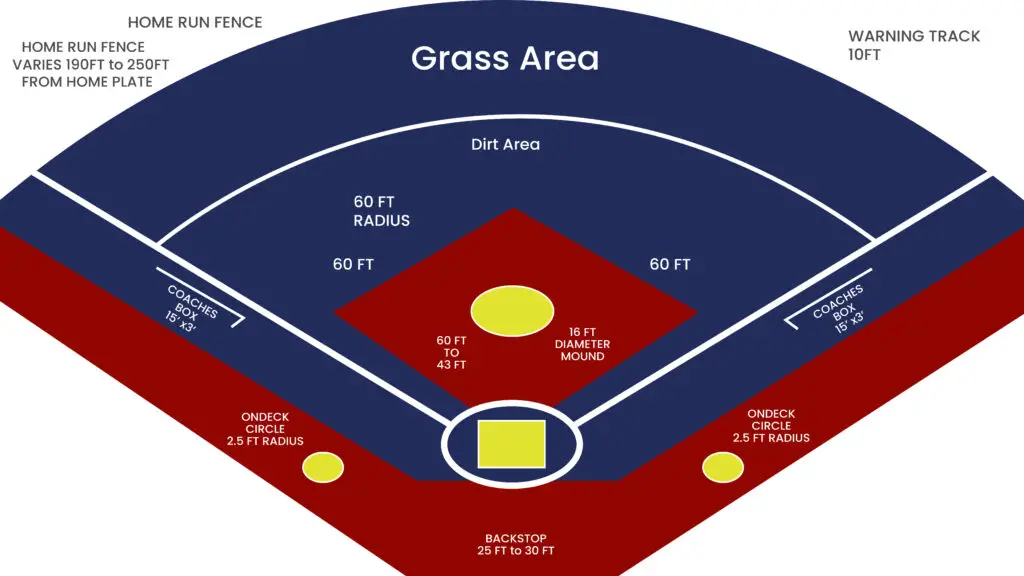
Nonetheless, general specifications are used for a softball field as outlined by the international softball federation, so if you are looking to set up a softball field but don’t know how to, this article will show you exactly how to do just that.
That said, let us delve into more details below:
Essential components of a softball field
A softball field consists of various components that make it what it is. To set up a softball field, you should know the essential elements needed to start.
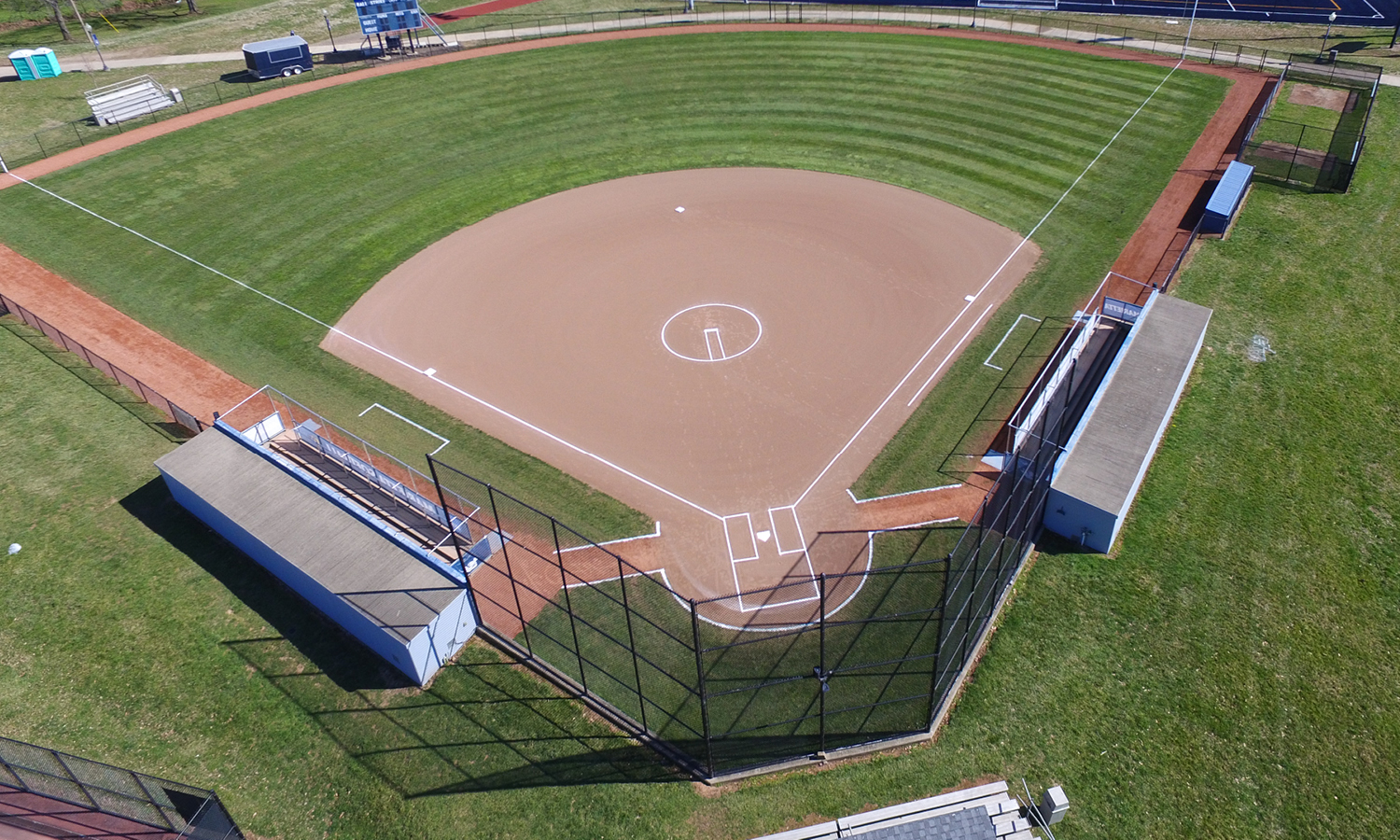
That said, let us take a look at each of these components below:
Backstop: The backstop is just behind home plate.
Bases: There are three bases at each corner of the home plate or diamond.
Batter’s and catcher’s boxes: The batter’s box is the area beside home plate, whereas the catcher’s box is the area within the foul territory just outside the baselines.
Home plate: The home plate is where the batter stands and the area between the pitch and the strike pitching circle.
Softball pitcher’s circle/Pitcher’s mound: The pitcher’s circle/mound surrounds the pitching rubber.
Pitching rubber: The pitching rubber is close to the center of the home plate.
Understanding the dimensions of a softball field
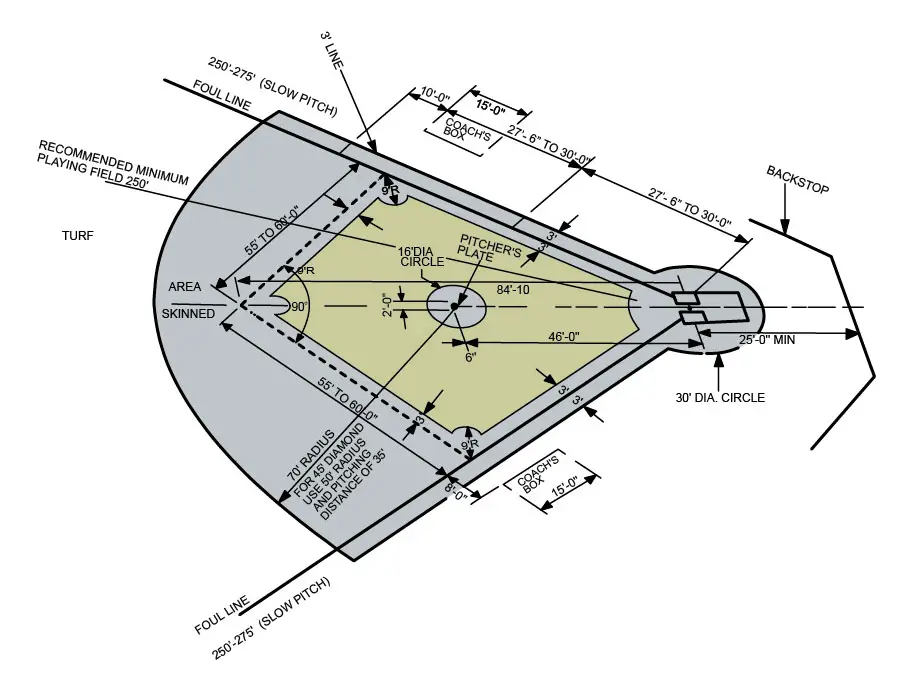
Setting up the right softball field measurements or dimensions depends on whether you are looking to have a slowpitch or fastpitch softball game.
Also, when you look at a softball field, you will notice that it has a fair territory, which consists of the infield and outfield and the region beyond the outfield and the foul territory.
The infield, however, will be our major point of focus in this article since it contains important aspects such as home plate, first base line, second base line, and third base line, while the outfield, at times, is not present in some softball fields.
Moving on, we must categorically state the dimensions of each of these parts so that you know exactly what to do when setting up a softball field yourself.
The baseline of the softball field should have a 60-foot dimension.
The home plate should boast a dimension of between 25 and 30 feet from its back tip down to its backstop. Here are the dimensions for each of these parts below:
The home plate should measure 84 feet and 101/4 inches for the distance between its diamond and second base. Also, note that the same distance is also applicable between the first base and the third base.
The pitcher area’s radius is exactly 8 feet, with a diameter of about 16 feet. However, the pitcher’s rubber is a different dimension, having 24 inches by 6 inches at best.
Rounding off, the back right corner of the first base to the middle of the second base and the center of the second base down to the back left corner of the third base both have a dimension of 60 feet.
Finally, if you are interested in having a permanent outfield fence for your softball field, the typical outfield has a dimension of 220 feet from the home plate’s starting point to the boundary.
The need for a sprinkler system on a softball field
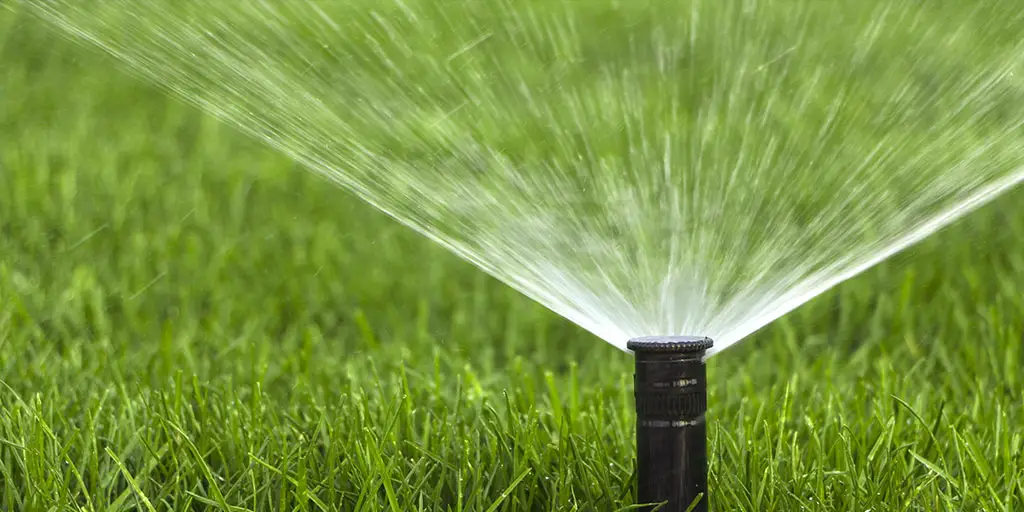
If you want to learn more about the dimensions of a softball field, chances are that you already have your land area and are looking to set up a dirt infield. If this is the case, you will have to remove all the dirt on the land surface.
A good feature you can add to give your softball dirt infield a good look is a sprinkler system underneath the dirt. This feature is not a necessity, but if you can afford to install it, your infield will look the part.
You might be wondering why this is so important. Well, it is simply because a sprinkler helps keep the infield dirt hydrated and in good health and ensures that the field is safe enough for players to play on.
How to maintain a softball field
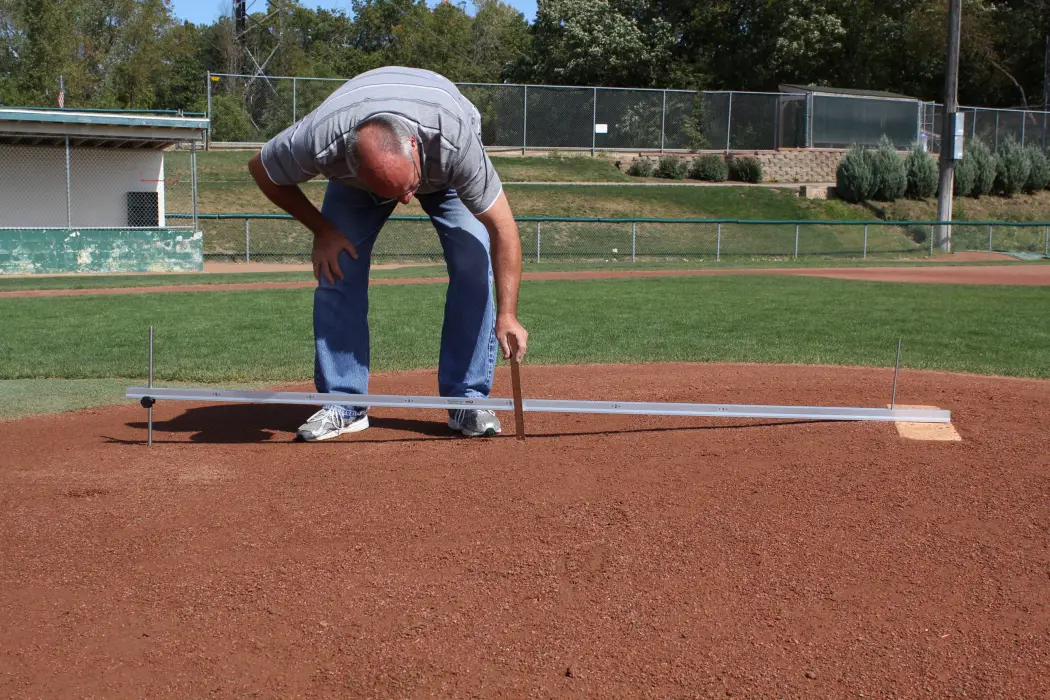
Maintaining a softball field is quite important if you want a softball field in the right condition for players to play on. That said, here are some of the things to keep in mind when maintaining a softball field:
Get your hands on a sports field conditioner
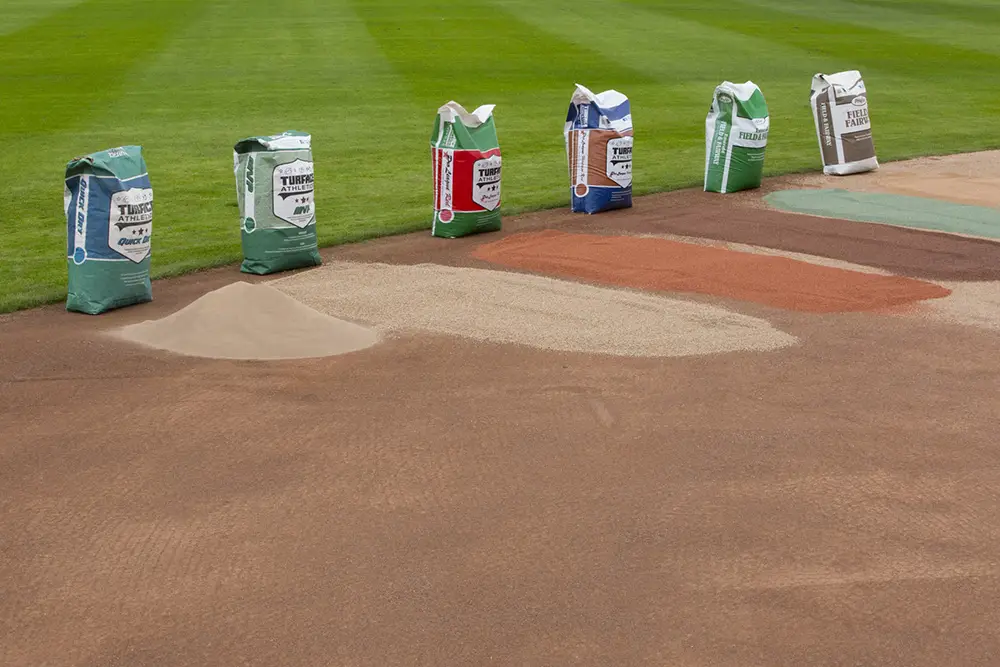
Sports field conditioners may not be something you are very familiar with. However, they are essential to your softball field.
A sports field conditioner gives your field the amount of moisture it needs to be healthy.
Not only this, but it is also necessary to keep your field dry if poor weather conditions do not affect the gameplay of players on the field.
Lastly, these sports field conditioners contain various ingredients, such as brick dust and calcined clay, that impact the field differently.
So you might want to look for these ingredients and go for the one you are most comfortable with.
Do not let any liquid substance get into your softball field
I know I mentioned earlier about getting an irrigation system. Still, while it is important to keep your field healthy, it does not need any unwanted water or other liquid substances.
These liquid substances can severely cause damage to the field and even be the leading cause of players’ injuries.
If you notice that your softball field has developed water puddles, do your best to relevel the field and eliminate all of those, especially during the summer.
Maintain regular checks on the soil condition of the field
Regular checks on the soil condition of the field can help to determine the state of your softball field and if any changes are necessary.
Also, when cutting the grass of the softball field, make sure to cut it appropriately while leaving enough to leave the field in perfect condition.
